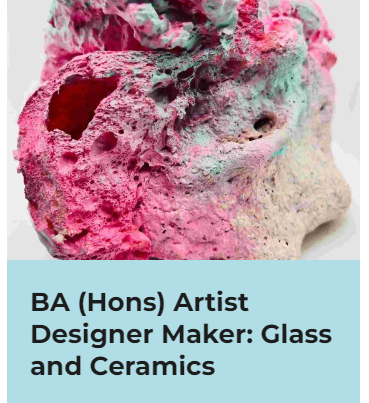The last 24 weeks have been an exercise in experimentation. Although some of the results have been less than beautiful, and my stated goal of producing the second volume of a comic book, Short Stories for Modern Times has fallen short, I nonetheless consider the outcome of the course to be entirely successful. Work on the comic book has progressed, and I have acquired valuable skills and expertise towards completing it. More importantly, the body of work includes several pieces that I am proud to show and my confidence in producing good work – and in disregarding the consequence of failed experiments – has grown.
During the term, I concentrated on using a wide range of techniques, experimenting with different inks, plate types and printing on some unusual materials.
One major goal was to learn how to draw directly on mark-resist to create screens that could be used in the production of a comic book. Sadly, it was a relatively unsuccessful trial of a technique that seemed to offer so much (although the trial only proved that it does not work for me, for the purpose originally intended). I’m still confidently optimistic that mark resist will prove valuable for creating backgrounds and textures.
Far more encouraging were the ink experiments. Last term, my best results were obtained with watercolours painted directly onto a screen. That continues to be a valid and useful approach for creating loose and expressive work. Good results were also achieved with a mix of cheap metallic kids’ paint mixed with System 3 acrylic medium. However, the very highest marks for success have to go to Winsor & Newton for their range of water-based oils. As my poor colleagues in the printroom are too well aware, oil-based inks and I are an unhappy mixture. (Hands inky with oily colour make the job of printing nearly impossible for me and were forcing me down a single path of screen printing). Using the oil paint straight from the tube onto a linocut plate gave excellent results. The first trial was to rub the ink into the engraved area of the plate and put it through the press in the intaglio manner; later it was rolled onto the plate for a traditional block print. In either case, the use of the water-based oils is very successful. The colour is vibrant. The texture is slightly runnier than the traditional printer’s inks and dries slightly more quickly, but this is manageable. To ascertain if the ink was completely successful, it would also have to work on the thin lines of an etched copper plate. Again, trials proved the ink was beautifully successful. And it cleans up with water! Magic.
This has revolutionised my approach to printmaking and caused me to rethink my ideas about comic books. A prepared hard-ground copper plate allows me to easily draw images and control the marks (the results will necessarily have a slightly Victorian feel, but I love that – the embossed line around the plate is my biggest regret in screen printing). A copper plate will stand up to repeated printings. In my crystal ball, a vision of a limited edition comic book has definitely appeared.


